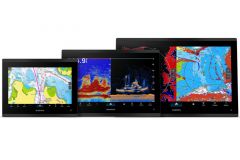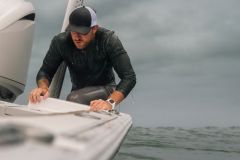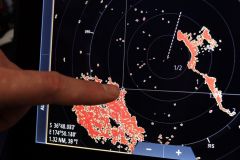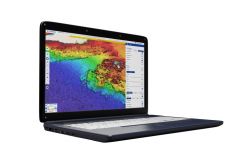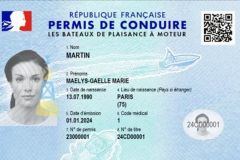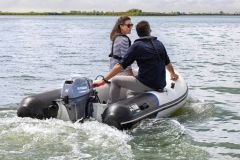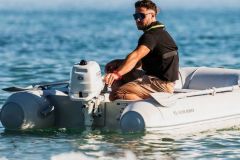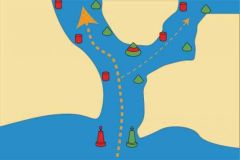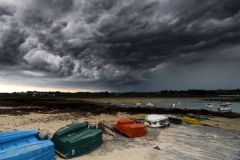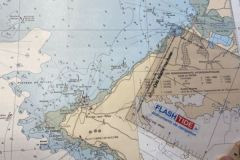To obtain your boating license, you'll need to know how to use a VHF radio. In French waters, you'll be authorized to use this radio to contact CROSS, harbor master's offices and other boats. You'll even be able to receive weather reports, but remember that its primary purpose is to contact emergency services.
Basic rules for VHF use
It's important to remember that boaters use VHF in simplex mode. People can only talk to each other in turn. As long as you press the button to talk on your VHF, no one will be able to answer you! So, if you don't use your VHF correctly, you may end up slowing down your exchanges with the rescue services, or even hindering a rescue operation. It's a good idea to end your message with "over" or "over to you" to let the other person know that it's their turn to speak. You should also remember to release the button on your VHF to listen to the reply.
Fixed and portable VHF
There are portable and fixed VHFs. The portable VHF has a range of around 5 miles, allowing you to make your call from outside the ship. However, the fixed VHF has the advantage of a much greater range, of around 30 miles. All VHFs must be registered with ANFR, the French national frequencies agency, which then issues a license authorizing their use. This license is linked to a call sign, which is specific to the boat.
You need to know the main communication channels used at sea:
- The most important is channel 16. You have to keep a constant watch on this channel. Distress and safety messages are passed on this channel. If it doesn't interfere with a rescue, you can contact another vessel on channel 16, but you must immediately agree on another channel to continue communication.
- Channels 6, 8, 72 and 77 are available for communication between ships.
- Channel 9 is used to contact ports and harbours.
- Channel 70 is a distress channel, and more specifically the ASN channel.
You'll find more information on this subject in this video, including how to send a distress message, the radio alphabet, GMDSS and VHF DSC!

 /
/ 





